I have a UIView with a UITableView right below it. The tableview has a custom header which hold a UISearchbar and a UISegmententedController. The top view and tableview are constrained to each other and to the superview. If I hide the top view, the header of the tableview gets stretched.
Top view visible:
Top view hidden (height constraint set to 0):
My expectation would be that when I hide the top view my tableview content should scroll up, but instead of repositioning the cells, the tableview stretches out the header view.
Thanks for any help!

